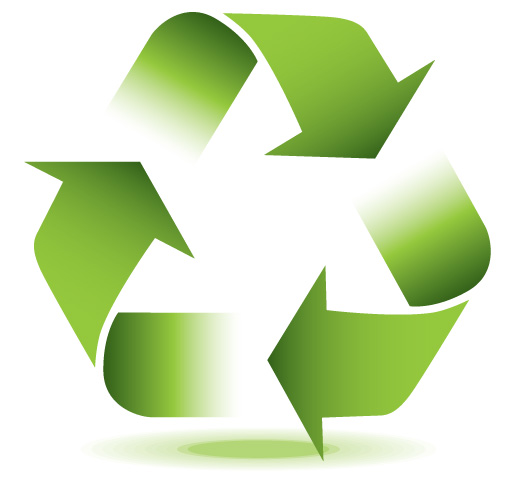October 21, 2023
VC Star
Goodwill stores in Ventura and Santa Barbara counties have a new tool on their counters, and it is helping customers envision great Halloween costumes.
It’s called the “Look Book,” with suggestions for pairing commonly available thrift store items with seasonally available accessories.
Stores in other areas have used similar books in the past, but each Goodwill district operates autonomously in many aspects, with guidance from the international organization. Each district works toward their common goal, which, as specified in their mission statement, is “providing vocational and educational opportunities to eliminate barriers to employment, strengthen communities and help people in need reach their full potential through the power of work.”
Stores in the local Goodwill district followed a major initiative last year to purchase new Halloween accessories, which helped sell the donated, gently used clothing. But this year, the pairing of accessories in the local region is being boosted by the book.
The book gives ideas to customers and to store staff, who help customers assemble costumes. In addition to the typical costumes, such as pirate, princess, cowboy and vampire, the Look Book shows shoppers how to construct costumes such as characters from “Alice in Wonderland” and the popular television show “Stranger Things,” the latter of which Goodwill titles “Weirder Stuff,” avoiding possible copyright infringement issues.
To be the white rabbit from Wonderland, for example, all it takes is a white outfit, bunny ears and perhaps a clock. A plaid jacket, colorful tube socks worn over pant legs, and a top hat with a band around it creates the Mad Hatter. A blue dress, white leggings, and a croquet mallet invokes Alice.
Local use of the Look Book was initiated by Miguel Valencia, Goodwill’s director of operations, who first saw the book in another district’s store. He consulted with Tammy VanDeusen, the local Goodwill marketing manager, and the pair brought a proposal to Brian Haneiwich, the organization’s vice president of operations, who approved their plan for incorporating the book into local operations.
VanDeusen followed up with advertising and a social media campaign emphasizing “helping people visualize a costume,” she said.
Halloween may be the best time to attract new customers to shop at thrift stores. Thrift stores offer significant savings versus the cost of buying new costumes. People admire creatively assembled costumes, and costumes might be worn just once, so a costume purchase requires less of a commitment than buying an outfit for regular use.
Hopefully, once customers have tried thrift store shopping, they will become regular donors and customers. According to a 2021 report by the National Institute of Standards and Technology, the combined recycling and reuse rate for used clothing and other textiles is only about 15% in the United States. We send about 85% to landfills and incinerators. These figures include textiles exported prior to reuse, recycling or rejection in other countries. The consumption and disposal “wastes resources, contributes to climate change and pollutes waterways,” according to the report.
While the waste category of “textiles” includes clothes, shoes, bedding, towels, upholstery fabrics and carpeting, the largest subcategory in the textile disposal stream is clothing, according to the U.S. Environmental Protection Agency The agency’s 2018 study of waste disposal found Americans disposed of about 103 pounds of textiles per person per year.
Some thrift stores operators prevent disposal, even for clothing they cannot sell for reuse. They pay to ship cotton clothing to industrial rag manufacturers and they sometimes pay other recyclers to turn clothing fibers into insulation or stuffing for upholstery.
Most thrift stores are either operated by charities or provide funding to charities, so donations of items in “resale-ready” condition may be tax deductible, depending on how donors file taxes. However, some items donated are a disposal burden rather than a revenue benefit, so it is important to also support local thrift stores through buying. Halloween costume shopping is a great way to start.
David Goldstein, an environmental resource analyst with the Ventura County Public Works Agency, can be reached at 805-658-4312 or david.goldstein@ventura.org.








